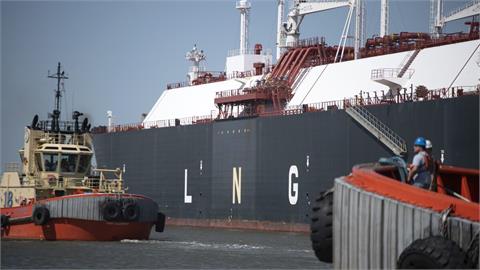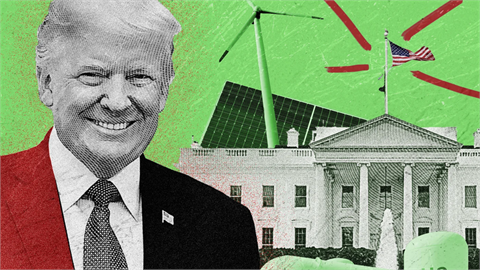The 2017 OPEC World Oil Outlook (WOO) was launched today at the OPEC Secretariat in Vienna. First published in 2007, the WOO offers a thorough review and assessment of the medium- and long-term prospects to 2040 for the global oil industry, as well as analysis of various sensitivities that have the potential to impact the petroleum industry in the years ahead.
In launching the WOO, His
Excellency Mohammad Sanusi Barkindo, OPEC Secretary General said: "The
past year has been an historic one for OPEC and the global oil industry.
Since publication of the WOO 2016 in early November last year, the oil
market has undergone fundamental change. It has been a period where the
rebalancing of the global oil market has gathered vital momentum, buoyed
by a number of important factors.”
He reiterated the importance of the landmark ‘Declaration of
Cooperation’ of 24 participating OPEC and non-OPEC nations in driving
the rebalancing process, with the high conformity levels to the
production adjustments evidence of the major commitment to restore
sustainable oil market stability in a stable manner. He added that "we need to remember that the short-, medium- and long-terms are all intertwined”, which is underscored in the WOO 2017.
The WOO 2017, presented by Dr. Ayed S. Al-Qahtani,
Director, Research Division of OPEC, highlights the multi-faceted nature
of the oil industry and the continued interdependence of all nations;
the impact of the ongoing market rebalancing process, specifically on
the medium-term outlook; that oil will remain a fuel of choice for the
foreseeable future; that security of supply and security of demand are
very much two sides of the same coin; and the importance of exploring
and evaluating the possible challenges, uncertainties, as well as
opportunities, the industry might face.
Some specific highlights from this year’s WOO include:
- Total primary energy demand is set to increase by 35% in the period to 2040;
- Oil is expected to remain the fuel with the largest share in the energy mix throughout the forecast period to 2040;
- Long-term oil demand has been revised upward by 1.7 million barrels a day (mb/d) compared to the WOO 2016, with total demand at over 111 mb/d by 2040;
- There is no expectation for peak oil demand over the forecast period to 2040;
- Developing countries will continue to lead demand growth, increasing by almost 24 mb/d, to reach 67 mb/d by 2040;
- Long-term demand growth comes mainly from the road transportation (5.4 mb/d), petrochemicals (3.9 mb/d) and aviation (2.9 mb/d) sectors;
- Oil demand in the road transportation sector is driven by the increasing car fleet in Developing countries and declining oil use per vehicle in the OECD region;
- The car fleet is anticipated to change smoothly over the forecast period. In the passenger car segment, electric vehicles are estimated to represent 12% of the car fleet by 2040;
- Non-OPEC liquids supply is forecast to increase from 57 mb/d in 2016 to 62 mb/d in 2022, but in the long-term non-OPEC liquids output is anticipated to see a decline, dropping to 60.4 mb/d by 2040, with US tight oil estimated to peak just after 2025;
- The demand for OPEC crude is anticipated to expand to 41.4 mb/d by 2040;
- The share of OPEC liquids in total global liquids supply is estimated to increase to 46% by 2040, from 40% in 2016;
- Around half of the estimated refining capacity additions are expected in the Asia-Pacific, which is projected to add 9.5 mb/d by 2040;
- Capacity rationalization remains a long-term requirement, with some 6-8 mb/d of closures indicated as needed by 2040 if refining regions are to maintain utilization rates of at least 80%;
- Global crude movements are expected to increase by around 6.5 mb/d between 2016 and 2040, mostly supported by Asia-Pacific imports and Middle East exports.
- In the period to 2040, the required global oil sector investment is estimated at $10.5 trillion.
It is important to stress that the WOO is not about making predictions. The Outlook should be viewed as a valuable and informative reference tool, one that underscores the Organization’s commitment to data transparency, and to the enhancement of dialogue and cooperation as a means to help secure a sound and stable oil industry.
The WOO 2017, as well as a comprehensive interactive version, can be accessed at the following link:



